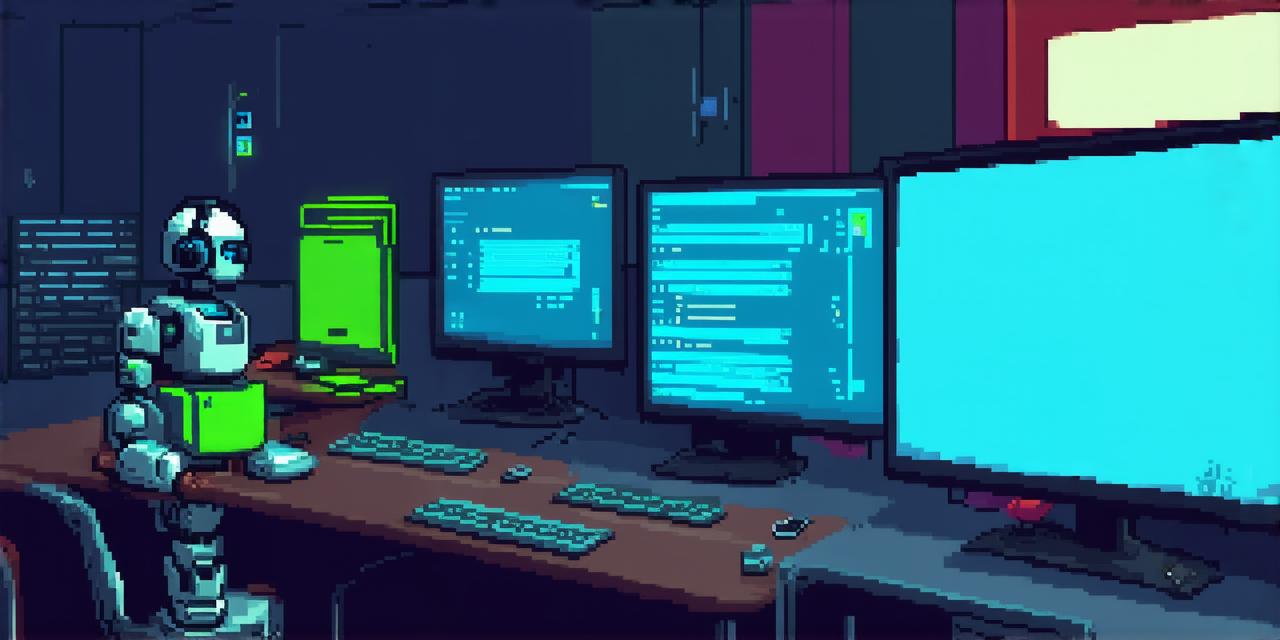If you’re a game developer looking to create a successful sequel to your hit game, then look no further than Game Dev Tycoon. This simulation game is designed to teach you everything you need to know about the ins and outs of creating a successful video game from start to finish, including how to get sequels. In this guide, we’ll explore some tips and tricks that can help you create a sequel that will capture the hearts of your fans and take your game development career to the next level.
Why Sequels Matter in Game Dev
Sequels are an important part of the video game industry because they provide players with new experiences while also tapping into an already established fan base. When you create a sequel, you’re essentially giving your fans a reason to come back and play your game again. This can lead to increased revenue and better reviews for your game.
The key to creating successful sequels is to understand what players are looking for in a new installment of their favorite game. You need to consider factors like the story, characters, gameplay mechanics, and visuals to make sure that your sequel meets or exceeds player expectations.
How to Plan Your Sequel in Game Dev Tycoon
The first step in creating a successful sequel is planning. In Game Dev Tycoon, you can start by brainstorming ideas for your game’s story, characters, and gameplay mechanics. You can also experiment with different visual styles and see what works best for your game.
Once you have a solid plan in place, it’s time to start developing your game. This involves creating assets like models, textures, and animations, as well as coding the game’s logic and AI behavior. You can use Game Dev Tycoon’s intuitive interface to create and test your game on the fly, making it easier to catch any bugs or issues before they become major problems.
Tips for Creating a Successful Sequel in Game Dev Tycoon
-
Listen to your fans: Your fans are the people who will be playing your game, so it’s important to listen to their feedback and incorporate their ideas into your sequel. You can do this by reading reviews, posting on social media, or hosting focus groups to get a better understanding of what players want in a new installment.
-
Build on the foundation: If you have a successful game already, don’t forget to build on its foundation. This means reusing existing assets like models and textures, as well as refining gameplay mechanics that worked well in your first game.
-
Keep it fresh: While it’s important to build on the foundation of your previous games, you also need to keep your sequel fresh and exciting. This means introducing new characters, storylines, and gameplay mechanics that will keep players engaged and coming back for more.
-
Test, test, test: Before releasing your sequel, it’s important to thoroughly test it to make sure there are no bugs or issues that could negatively impact player experience. You can use Game Dev Tycoon’s testing features to catch any problems early on and ensure that your game is polished before launch.

Real-Life Examples of Successful Sequels in the Game Industry
There are many examples of successful sequels in the game industry, including:
-
Fortnite: The first version of this battle royale game was a huge hit, but its sequel, Fortnite Chapter 2, introduced new characters, storylines, and gameplay mechanics that made it even more popular.
-
The Legend of Zelda: Breath of the Wild: This action-adventure game was widely praised for its open-world exploration, memorable characters, and thrilling combat. Its sequel, Splatoon 2, introduced new characters and gameplay mechanics that kept players engaged and coming back for more.



